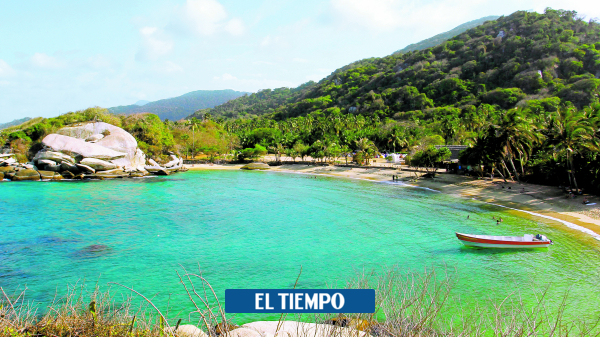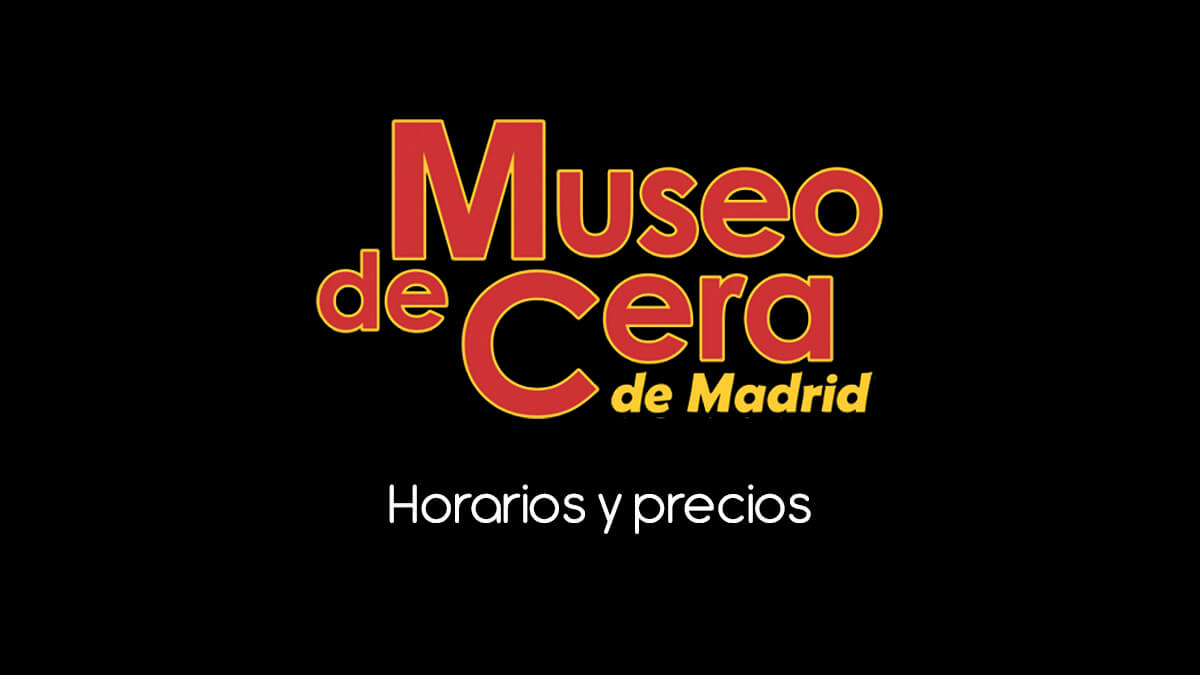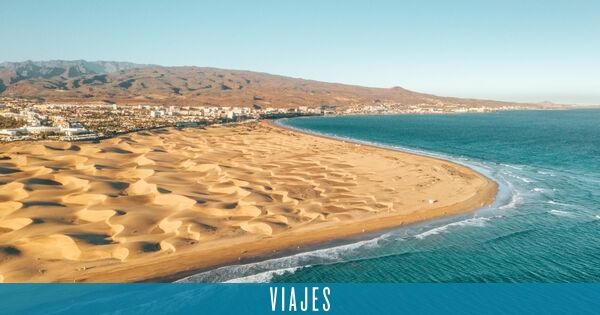
Five destinations for ecotourism in Colombia
Colombia is one of the most desirable destinations for ecotourism lovers, because among its attractive and diverse fauna and flora, it has 59 natural areas belonging to the System of Natural National Parks.
See also: UNWTO and Google team up to lead global tourism recovery
In the territory is the largest expanse of moor in the world, more than 3,000 species of butterflies and 20 percent of the total bird species of the planet. In addition to beautiful landscapes, coasts in the two oceans and the Andes Mountain Range that crosses it.
For all those looking to explore and know the natural wonders of the world, these are some of the destinations for ecotourism in Colombia.
You may be interested: UNWTO and Google team up to lead global tourism recovery
Gorgona Island
Humpback whales have in Gorgona and Gorgonilla one of their mating and breeding areas.
Photo:
Juan Pablo Rueda. TIME
On the Colombian pacific coast are the island of Gorgona and Gorgonilla, which comprise a Natural National Park made up of tropical forest and the deep waters of the Pacific.
Also called “Science Island”, in this territory important information is collected so that the scientific community can understand these ecosystems and know about their protection. This is one of the places where humpback whales are bred and mated.
To get to the Island, you can hire a boat from Buenaventura, which has a journey of approximately four hours or from Guapi that the journey is two hours.
High Guajira
La Guajira, department of the Caribbean region of Colombia, is home to areas of immense natural beauty.
La Guajira, in addition to having attractions such as Cabo de la Vela, Punta Gallinas or the Los Flamencos Sanctuary, is particular for having the presence of the Wayúu, a native people who have inhabited the territory for hundreds of years.
It also stands out for its desert coasts and the beauty of its plants and for having places such as El Pilón de Azúcar, Playa Arcoiris, the Dunes of Taroa and Bahía Hondita, which allow visitors to connect with nature.
To get to Riohacha, its capital, it is possible to do it by land or by plane and from there take land transport to reach the sites of interest.
Also: 86% of Colombian travelers no longer look like the passport photo
Utría inlet
Utría. From the municipality of Nuquí it is 45 minutes to the Ensenada de Utría, 368 meters wide, which invites you to swim in its crystal clear waters.
Photo:
Francisco Forero / CEET
It is located on the pacific coast of Chocoano; there you can observe fauna and flora and bird watching, diving, careteo and ecological walks through trails such as el Valle, Cocalito and Estero Grande.
In this territory the calm waters of the cove are highlighted, and various migratory species, such as whales, turtles and birds.
To get to the Ensenada de Utría you can travel to Bahía Solano or Nuquí by plane and then take a boat or a boat from Buenaventura; you can also travel by land, by car, and by walk from Bahía Solano.
Puracé National Natural Park
This is the Puracé volcano, located within the Puracé National Natural Park area, at a distance of 52 kilometers from Popayan.
Photo:
Guillermo Ossa / Archive THE WEATHER
In this place the main rivers of Colombia are born: the Cauca and the Magdalena and thanks to its volcanic activity it receives the name of “Puracé” that comes from the Quechua and means “mountain of fire”.
This destination offers an incredible experience for travelers looking for disconnection and adventure. There you can go hiking, observe wildlife and discover the indigenous reserves of Puracé and Paletará.
On the island rises the Serranía de los Coconucos, made up of 11 volcanoes of which one is active.
To get to the Park it is necessary to go to Popayán by land or plane and from there take land transport.
Also: The best plans for tourists on the island of San Andrés
Corota Island
This reserve enriches the region and also a watershed of 22,590 hectares that corresponds to the upper part of the Guamués River basin.
Photo:
Courtesy: María Villarreal / National Natural Parks of Colombia
This island houses a sanctuary of flora and fauna that becomes the smallest protected area in the country. Located to the north of the Laguna de la Cocha, it is of great importance for the conservation of the environmental system of the same; it protects animals such as ducks, trout and frogs and a diversity of flora, from orchids to arrayanes.
This source of energy recognized by indigenous and traditional doctors of the Putumayo, can be reached through Grass, by land or plane; once there, it is necessary to take land transport.
With information from Procolombia
Find also in travel
– Fitur, a fair to conquer pandemic tourism
– To which countries Colombians can travel with citizenship card
– These are the plans offered by vaccination tourism to the US. UU.





















